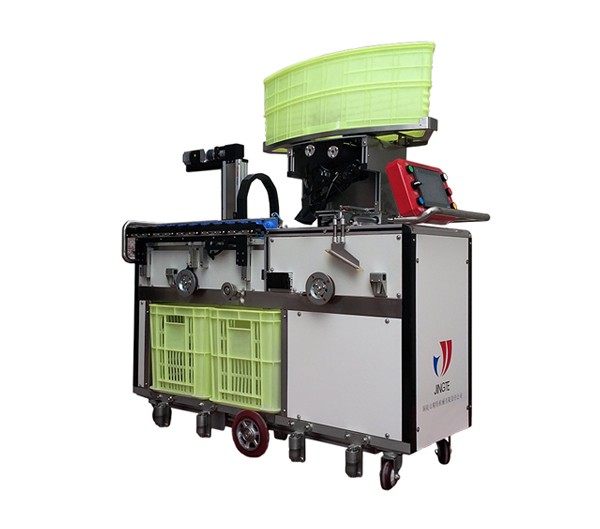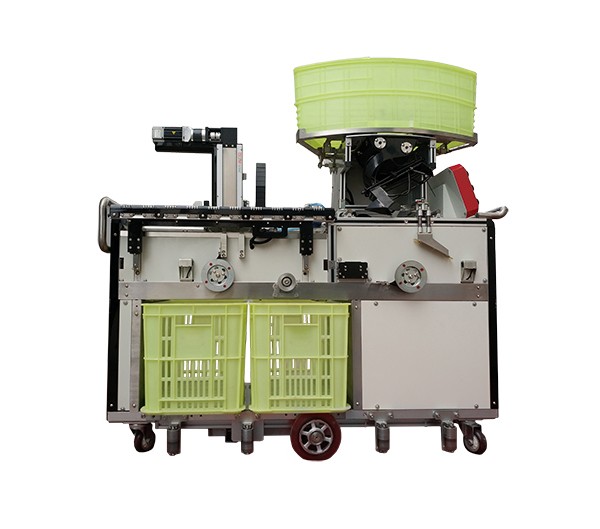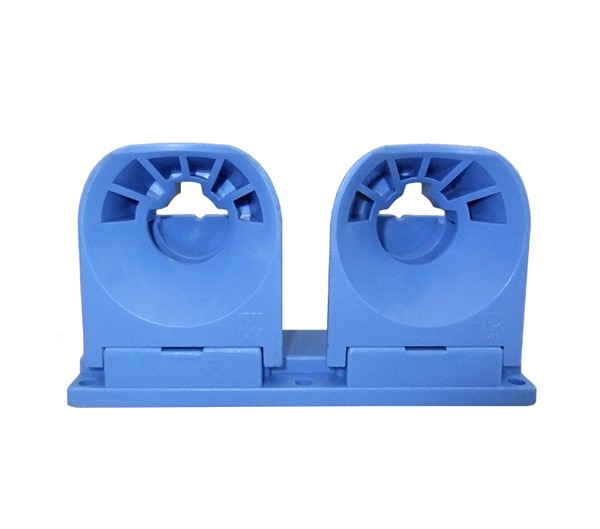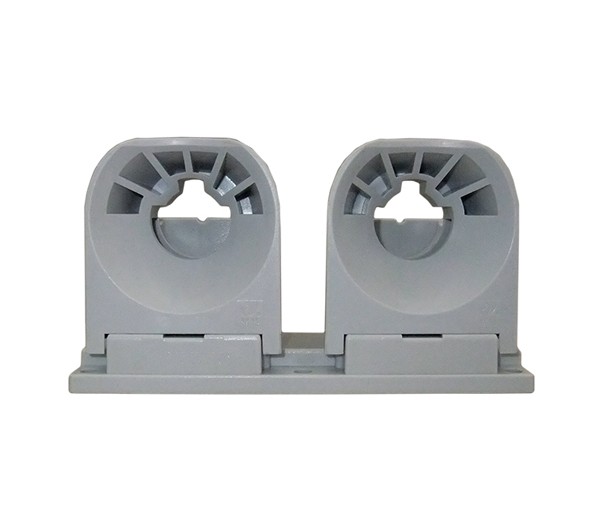Overseas Transfer of China's Textile Manufacturing Industry
來(lái)源:未知 發(fā)布時(shí)間:2015/1/31 0:00:00
China's textile industry is facing unprecedented difficulties this year. The price difference between domestic and foreign cotton is still large. The growth of developed markets such as Europe, America and Japan is lower than expected. The decline in developing markets is obvious. The comparative advantage of China's textile and garment industry is gradually disappearing. In order to grab orders in the fierce competition, many textile and apparel enterprises have transferred their manufacturing bases to Southeast Asia, where production costs are lower. Some people in the industry pointed out that the overseas transfer of China's textile manufacturing industry has become a trend, and the transferred enterprises are spreading from clothing to yarn, dyeing and finishing industries upstream of the industrial chain.
Ao Lao rushed to Southeast Asia to seek investment opportunities.
More and more textile and garment enterprises have joined the army of investment in Southeast Asia. A person in charge of a textile enterprise in Fujian introduced to reporters that, unlike previous years, the investment in Southeast Asia is still in a wait-and-see stage, many enterprises have now begun to take practical actions. At the beginning of this spring, the company went to Dhaka to attend the Bangladesh Garment Textile Fabric Exhibition, and then made a deep investigation of the country's textile and garment industry. During his visit to Bangladesh, the company found that many enterprises from home also visited Bangladesh with the same purpose.
There are many data showing that some enterprises in textile industry base are now investing in Southeast Asia. For example, more than a dozen textile and apparel export enterprises in Quanzhou, Fujian Province, went to Bangladesh at the beginning of the year to conduct a 12-day inspection of the textile and apparel industry in the country, and soon after, they joined in an inspection tour of investing in Cambodia's textile and apparel industry. According to the introduction of the enterprises participating in the investing tour of Cambodian textile and garment industry, they happened to meet the enterprises organized by Guangdong Denim Garment Industry to visit Cambodia and negotiate during their visit to Cambodia's Anlong Kiri Special Economic Zone in Kongkai Province. Southeast Asia has become a hot spot for overseas investment of Chinese textile enterprises.
In recent years, most textile and apparel export enterprises feel the unprecedented survival crisis and development pressure because of the sluggish market, export difficulties, rising costs and the widening gap between internal and external cotton prices. This is the main reason why Chinese textile enterprises are keen to invest in Southeast Asia. Especially for small and medium-sized private textile and garment production enterprises, the difference between domestic and foreign price per ton of cotton is 4000-5000 yuan, only raw cotton needs to pay a higher cost. At the same time, the labor cost is rising rigidly year by year. As a traditional labor-intensive industry, textile and apparel enterprises'expenditure on labor costs is increasing by 15% year by year, and often encounter labor shortage.
At the same time, the successful effect of some textile and apparel enterprises going out in advance also makes more textile and apparel enterprises have the impulse to go out. Relevant data show that in recent years, more than 30 enterprises in Quanzhou, Fujian, have gone out to invest in Southeast Asia and set up factories. Last year, Quanzhou exported 451 million textile fabrics and textile machinery equipment to ASEAN, up 33.1% and 21% respectively, compared with the same period last year. These enterprises that first invested in Southeast Asia are profitable both at home and abroad, attracting more enterprises to visit and invest in Southeast Asia on the spot.
Increased investment in textile upstream projects
The enterprises invested in Southeast Asia in advance are mainly garment enterprises. Some garment enterprises have reduced the cost pressure by investing in places where processing costs are lower in Southeast Asia.
Huizhou Baowei Garment Co., Ltd. Wang Yihuang said that enterprises in Vietnam have processing plants, half of the manufacturing capacity has been transferred to Vietnam. After the transfer of enterprise productivity to Vietnam, the cost has been greatly reduced. Ningbo Shidanu Group Co., Ltd. has factories in Cambodia and Myanmar. Because of the large-scale processing base in lower-cost Southeast Asia, Shidanu can cope with the declining price of orders in recent years.
Now many large enterprises have begun to invest in garment factories in Southeast Asia. On the evening of December 2, 2013, Lutai Textile Co., Ltd., a well-known textile enterprise in Zibo City, Shandong Province, issued an announcement of its overseas investment. It said that Lutai (Cambodia) Co., Ltd., a wholly-owned subsidiary company, would invest US$8 million in Cambodia, mainly engaged in the processing and sales of shirts, with an annual production scale of 3 million shirts. On March 26, 2014, the announcement announced that an additional investment of US$12 million was planned for Lutai (Cambodia) Co., Ltd., with a total investment of US$20 million.
In addition to clothing, now some yarn and dyeing and finishing enterprises have begun to transfer their production base to Southeast Asia. Huafu Color Spinning Co., Ltd. is a leading enterprise in the global color spinning industry. It announced in December 2013 that it intends to invest US$136 million to set up a color spinning production enterprise in Vietnam. In March 2014, Sun Weiting, chairman of Huafu Color Textile Company, said at its 2013 performance presentation that Huafu's project this year was mainly based in Vietnam. The first half annual report of Huafu Colored Textile recently showed that the Vietnamese project was put into operation in the fourth quarter. Bailong Oriental Co., Ltd. invested nearly US$100 million to set up factories in Vietnam in November 2012 and an additional US$150 million in January this year. It is understood that Bailong Oriental Co., Ltd. is mainly engaged in research and development, production and sales of color spinning. Its products include pure cotton color spinning, blended color spinning and so on. It is a leading domestic color spinning enterprise.
Cost compels Blum and Huafu to invest heavily in Vietnam to build factories, which is also a common problem faced by Chinese textile enterprises. With the introduction of direct subsidy policy for cotton farmers next year, the price of cotton at home and abroad will narrow until convergence, and a major driving force for overseas expansion of textile enterprises may be weakened. However, the cost of labor, environmental protection and land will continue to grow, and the trend of textile enterprises transferring production bases abroad will not change.
Ao Lao rushed to Southeast Asia to seek investment opportunities.
More and more textile and garment enterprises have joined the army of investment in Southeast Asia. A person in charge of a textile enterprise in Fujian introduced to reporters that, unlike previous years, the investment in Southeast Asia is still in a wait-and-see stage, many enterprises have now begun to take practical actions. At the beginning of this spring, the company went to Dhaka to attend the Bangladesh Garment Textile Fabric Exhibition, and then made a deep investigation of the country's textile and garment industry. During his visit to Bangladesh, the company found that many enterprises from home also visited Bangladesh with the same purpose.
There are many data showing that some enterprises in textile industry base are now investing in Southeast Asia. For example, more than a dozen textile and apparel export enterprises in Quanzhou, Fujian Province, went to Bangladesh at the beginning of the year to conduct a 12-day inspection of the textile and apparel industry in the country, and soon after, they joined in an inspection tour of investing in Cambodia's textile and apparel industry. According to the introduction of the enterprises participating in the investing tour of Cambodian textile and garment industry, they happened to meet the enterprises organized by Guangdong Denim Garment Industry to visit Cambodia and negotiate during their visit to Cambodia's Anlong Kiri Special Economic Zone in Kongkai Province. Southeast Asia has become a hot spot for overseas investment of Chinese textile enterprises.
In recent years, most textile and apparel export enterprises feel the unprecedented survival crisis and development pressure because of the sluggish market, export difficulties, rising costs and the widening gap between internal and external cotton prices. This is the main reason why Chinese textile enterprises are keen to invest in Southeast Asia. Especially for small and medium-sized private textile and garment production enterprises, the difference between domestic and foreign price per ton of cotton is 4000-5000 yuan, only raw cotton needs to pay a higher cost. At the same time, the labor cost is rising rigidly year by year. As a traditional labor-intensive industry, textile and apparel enterprises'expenditure on labor costs is increasing by 15% year by year, and often encounter labor shortage.
At the same time, the successful effect of some textile and apparel enterprises going out in advance also makes more textile and apparel enterprises have the impulse to go out. Relevant data show that in recent years, more than 30 enterprises in Quanzhou, Fujian, have gone out to invest in Southeast Asia and set up factories. Last year, Quanzhou exported 451 million textile fabrics and textile machinery equipment to ASEAN, up 33.1% and 21% respectively, compared with the same period last year. These enterprises that first invested in Southeast Asia are profitable both at home and abroad, attracting more enterprises to visit and invest in Southeast Asia on the spot.
Increased investment in textile upstream projects
The enterprises invested in Southeast Asia in advance are mainly garment enterprises. Some garment enterprises have reduced the cost pressure by investing in places where processing costs are lower in Southeast Asia.
Huizhou Baowei Garment Co., Ltd. Wang Yihuang said that enterprises in Vietnam have processing plants, half of the manufacturing capacity has been transferred to Vietnam. After the transfer of enterprise productivity to Vietnam, the cost has been greatly reduced. Ningbo Shidanu Group Co., Ltd. has factories in Cambodia and Myanmar. Because of the large-scale processing base in lower-cost Southeast Asia, Shidanu can cope with the declining price of orders in recent years.
Now many large enterprises have begun to invest in garment factories in Southeast Asia. On the evening of December 2, 2013, Lutai Textile Co., Ltd., a well-known textile enterprise in Zibo City, Shandong Province, issued an announcement of its overseas investment. It said that Lutai (Cambodia) Co., Ltd., a wholly-owned subsidiary company, would invest US$8 million in Cambodia, mainly engaged in the processing and sales of shirts, with an annual production scale of 3 million shirts. On March 26, 2014, the announcement announced that an additional investment of US$12 million was planned for Lutai (Cambodia) Co., Ltd., with a total investment of US$20 million.
In addition to clothing, now some yarn and dyeing and finishing enterprises have begun to transfer their production base to Southeast Asia. Huafu Color Spinning Co., Ltd. is a leading enterprise in the global color spinning industry. It announced in December 2013 that it intends to invest US$136 million to set up a color spinning production enterprise in Vietnam. In March 2014, Sun Weiting, chairman of Huafu Color Textile Company, said at its 2013 performance presentation that Huafu's project this year was mainly based in Vietnam. The first half annual report of Huafu Colored Textile recently showed that the Vietnamese project was put into operation in the fourth quarter. Bailong Oriental Co., Ltd. invested nearly US$100 million to set up factories in Vietnam in November 2012 and an additional US$150 million in January this year. It is understood that Bailong Oriental Co., Ltd. is mainly engaged in research and development, production and sales of color spinning. Its products include pure cotton color spinning, blended color spinning and so on. It is a leading domestic color spinning enterprise.
Cost compels Blum and Huafu to invest heavily in Vietnam to build factories, which is also a common problem faced by Chinese textile enterprises. With the introduction of direct subsidy policy for cotton farmers next year, the price of cotton at home and abroad will narrow until convergence, and a major driving force for overseas expansion of textile enterprises may be weakened. However, the cost of labor, environmental protection and land will continue to grow, and the trend of textile enterprises transferring production bases abroad will not change.




